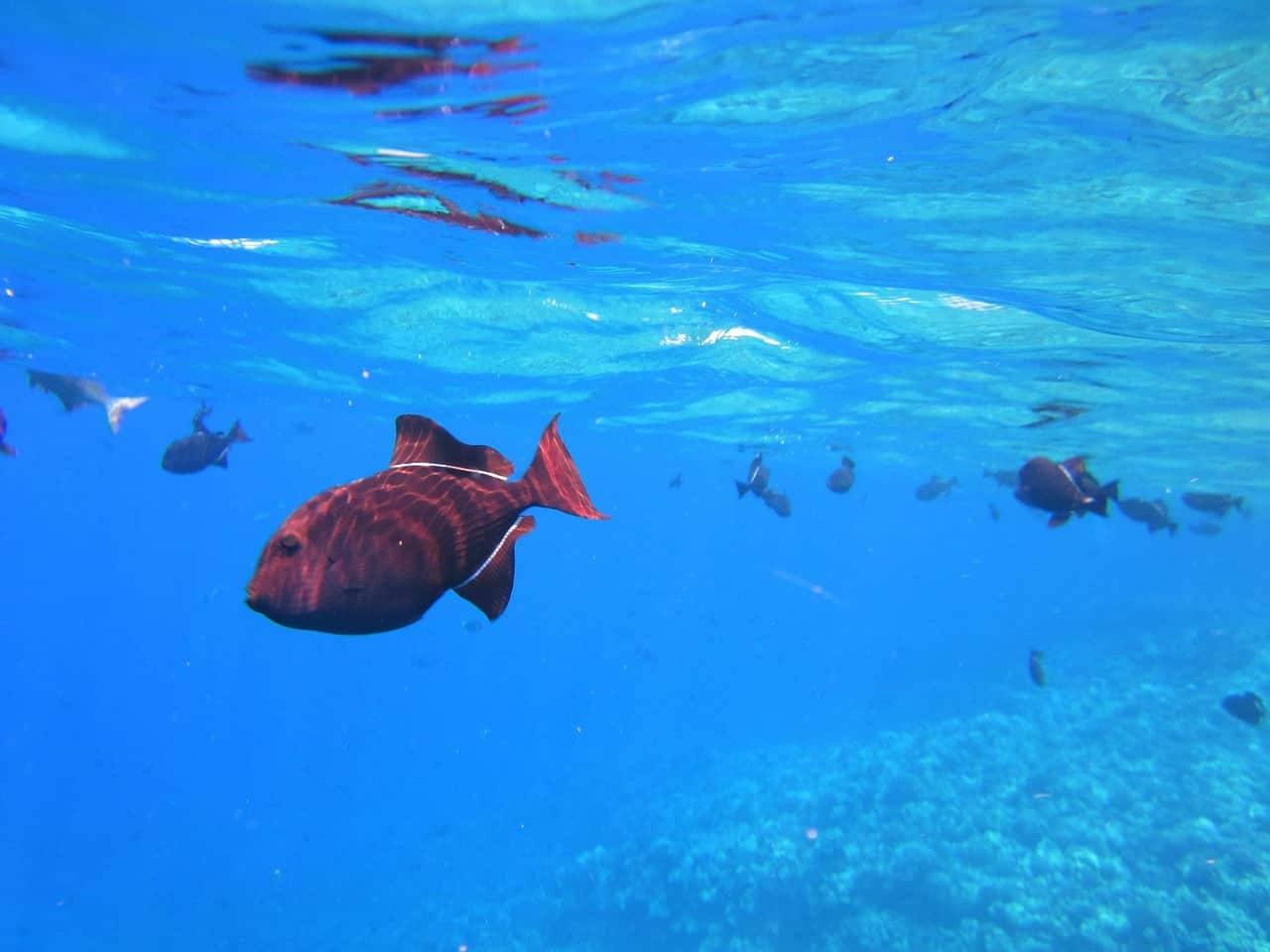The frequency and intensity of marine heatwaves have been on the increase in Fiji and Samoa.
When we think of heatwaves we tend to think of unusually hot summer days in temperate climates when people scurry for shade or head down to beaches in droves.
Less well-known are marine heatwaves, which scientists define as “a discrete, prolonged anomalously warm water event lasting five or more days with temperatures warmer than the 90th percentile relative to climatological values.”
It is the effects of these marine heatwaves that a team of scientists set out to examine in Fiji, Samoa and Palau in the tropical waters of the Pacific Ocean.
“Marine heatwaves can have devastating impacts on marine species and habitats, often with flow-on effects to human communities and livelihoods,” the scientists write in their study.
“This is of particular importance to Pacific Island countries that rely heavily on coastal and ocean resources, and for which projected increases in future marine heatwave frequency, intensity, and duration could be detrimental across the Pacific Island region,” they explain.
The researchers have found that between 1982 and 2001, the frequency of marine heatwaves increased by one event per decade while their duration increased by more than four days per decade. Since then their rate has been on the increase.
That is bad news because marine heatwaves can cause mass die-offs in fish and corals. In 2016, for instance, one of these anomalous events in the area triggered mass coral bleaching and killed a large number of fish and invertebrates, including sea snakes, octopuses and crabs. Three years later another marine heatwave took its toll on marine life in Fiji.
Troublingly, as air temperatures worldwide continue to rise, marine heatwaves are set to become even more common. In the studied region there are between 10 and 50 days with moderate-intensity marine heatwaves days a year and fewer than one day a year of extreme marine heatwave.
By 2050, however, even under a low-emissions scenario, there will be more than 100 days with moderate-intensity marine heatwaves a year and more than 200 days a year closer to the equator with around five days a year of extreme heatwaves, the scientists explain.
Under a high-emissions scenario, they project 200 moderate marine heatwave days per year and more than 300 days per year closer to the equator with over 50 days per year of extreme heatwaves.
“This has serious implications for the health, livelihoods and food security of Pacific Islanders,” the researchers warn. “Marine heatwaves can promote the growth of harmful algae blooms, affect the fish that comprise a critical component of local diets and negatively impact ecotourism through the degradation of coral reefs.”
This story first appeared on Sustainability Times
Photo: Pixabay/alfonsin11
© 2022 Sustainability Times.
This article is licensed under a Creative Commons Attribution-ShareAlike 4.0 SA International License.












